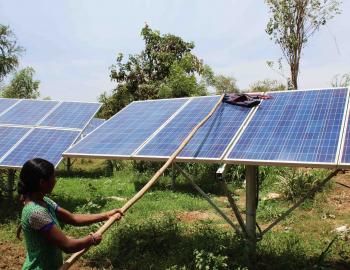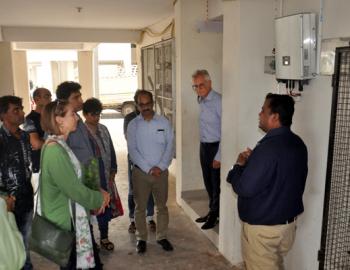The benefits of clean energy policies in Bangladesh
The benefits of clean energy policies in Bangladesh
This publication, from the Low Emission Development Strategies Global Partnership (LEDS GP) Benefits Working Group and the Resources to Advance LEDS Implementation (RALI) project, assesses the benefits of clean energy policies in Bangladesh and illustrates the importance of factoring clean energy alternatives into long term planning decisions.
A new ‘LEDS in Practice’ report from the LEDS GP demonstrates that diverting energy investments from conventional, fossil fuel sources to renewable energy will create jobs and improve public health in Bangladesh. The analysis is based on modelling by the United States Agency for International Development (USAID) Catalyzing Clean Energy in Bangladesh (CCEB) program, who used detailed plant-level data from the Bangladesh power sector.
Work under the CCEB program has shown that clean energy can provide Bangladesh with not only cost-effective greenhouse gas mitigation, but also affordable electricity, and the same could hold true for countries in similar circumstances.
This case study summarises the RALI project’s modelling efforts and quantifies the potential job impacts associated with two different clean energy scenarios, as well as the health benefits derived from cleaner air. Taken together, these benefits to people and the economy demonstrate unambiguously that clean energy alternatives should be the preferred choice over continued reliance on conventional electricity sources, and should be considered when making long-term planning decisions regarding energy generation.
Key messages
Based on detailed modelling analysis, the benefits of increasing clean energy in Bangladesh’s power generation mix relative to ‘business-as-usual’ could generate the following results by 2030:
- Reduce greenhouse gas emissions by up to 20%
- Generate domestic employment of up to 55,000 full-time equivalent jobs
- Save up to 27,000 lives and over US$5 billion (BDT 420 billion)
CDKN co-convenes the Secretariat of the LEDS GP with the National Renewable Energy Laboratory.



